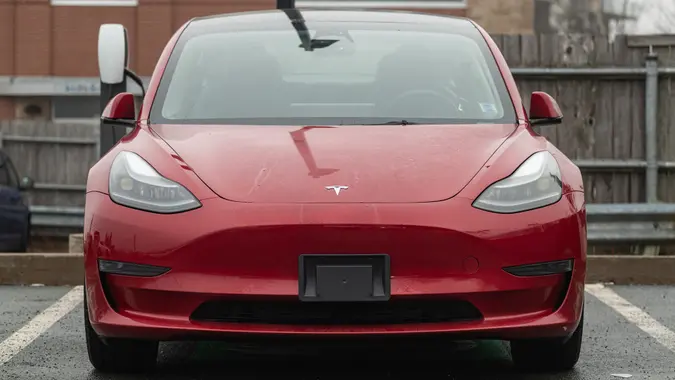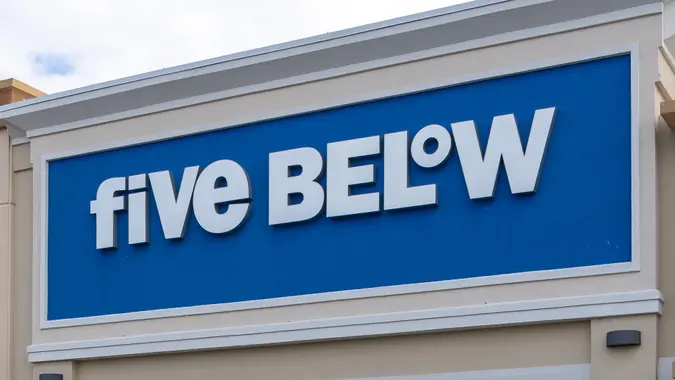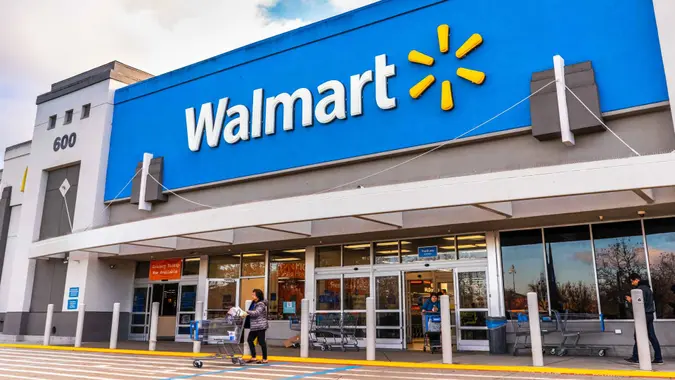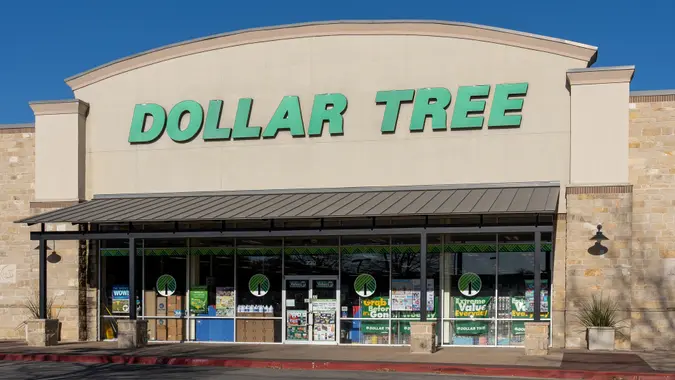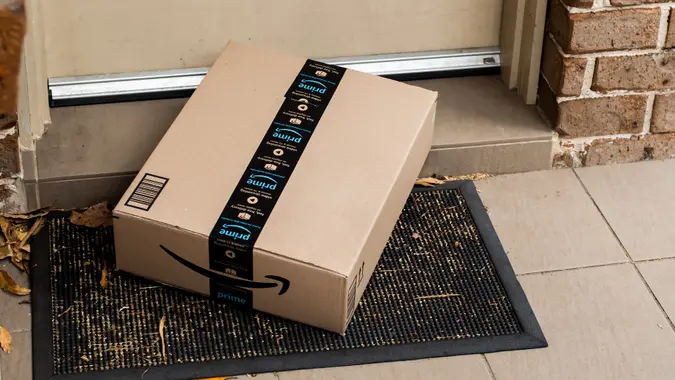Food Stamps: Why Are More Americans Relying on SNAP if Inflation’s Not To Blame?

Commitment to Our Readers
GOBankingRates' editorial team is committed to bringing you unbiased reviews and information. We use data-driven methodologies to evaluate financial products and services - our reviews and ratings are not influenced by advertisers. You can read more about our editorial guidelines and our products and services review methodology.

20 Years
Helping You Live Richer

Reviewed
by Experts

Trusted by
Millions of Readers
Still referred to as “food stamps,” the federal aid initiative known since 2008 as the Supplemental Nutrition Assistance Program (SNAP) is a large social welfare program providing funding for food purchases to low- or no-income households in the United States.
SNAP benefit amounts are updated each year by adjusting the cost of the Thrifty Food Plan for inflation. However, while inflation is still above the Federal Reserve’s target, it has been decreasing steadily since its record high in June 2022.
So, why are more Americans relying on SNAP? Why are more American families struggling to pay for food, accumulating credit card debt and skipping meals, even with food stamp assistance? With groceries and housing costs still so high, the uncomfortable reality is that rising food insecurity and the discontinuation of emergency SNAP allotments are partially to blame.
Food Insecurity Is on the Rise
According to the U.S. Department of Agriculture’s (USDA’s) Household Food Security in the United States in 2022 report, the number of food-insecure households (those with low to very-low food insecurity) rose to 12.8% (17.0 million) in 2022, up from 10.2% (13.5 million) in 2021.
The more severe very-low food insecurity sector of the population saw an increase to 5.1% in 2022, a significant hike from 3.8% in 2021 and 3.9% in 2020. As USA Today notes, households with children — particularly vulnerable to disrupted eating patterns and reduced food intake — saw an increase in food insecurity between 2021 and 2022, from 12.5% to 17.3%. The prevalence of both food insecurity and very-low food security increased from 2021 to 2022 for nearly all subgroups of households described in this report.
SNAP benefits, especially those who have experienced decreases in SNAP funding, simply can’t buy the amount of food as before, forcing more households to go hungry and rely on food banks, pantries, community gifts and donations.
The End of Emergency SNAP Allotments
In March 2020, as the nation headed into COVID-19 lockdown, Congress authorized extra SNAP benefits for recipients and suspended work and training requirements for the duration of the declared public health emergency.
However, just as SNAP benefits are supplemental to income and other government assistance programs, the expanded SNAP payments — or emergency allotments (EAs) — that provided economic stimuli during the pandemic were temporary, and expired in February 2023. This meant an average loss of around $95 per month in SNAP payments.
The pandemic EAs helped millions of American families become more food secure. New legislation would probably do the same again, should Congress take the initiative to pass an expanded or emergency SNAP benefit rule.
Unfortunately, congressional action is almost never fast or easy. One only has to look at how many states are currently trying to restrict “entitlement” benefits to see that that solving the present food insecurity problem through government assistance will be a long road. USA Today has noted that food and housing costs will most likely remain significantly higher than many families can stand, and it will take months, or years, for American families to regain any sort of financial foothold.
 Written by
Written by  Edited by
Edited by 







